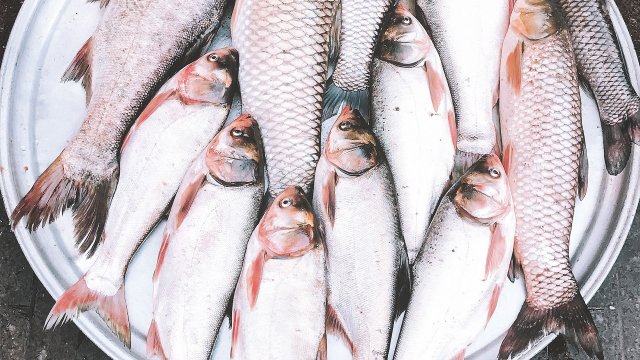



You’ve been out on the water all day and caught a few perfect fish to take home for dinner. Make sure to keep your catch properly stored and chilled until you’re ready to cook. Smaller species you might want to cook whole, larger fish, such as largemouth bass, northern pike, and salmon are usually filleted. Never filleted a fish or could use a refresher? We’ll walk you through the steps to fillet your best fish yet.
Before getting cooking up the fish you need to properly clean it. Scaling is when you remove the scales from the skin of the fish. There are a few ways you can do this. You can pick up a scaler at your local fishing or bait shop, you can also use the back of a knife. A scaler has jagged metal edges that help to easily scrape off the scales. To scale the fish, place your scaler near the tail and rub it along the skin towards the head. Continue to do this until all scales have been removed and rinse the fish to make sure they are all completely removed. Some fish have sharp scales, we recommend wearing metal-mesh “fish-cleaning” gloves to protect your hands from sharp scales.
Gutting a fish is easier than you would think. Place the tip of the knife at the fish’s end, next to the tail, and cut forward toward the head. Spread it open and remove the insides with your hands. Next, rinse the inside clean. If you’re not cooking the fish with its head, remove it by slicing, just in front of the pectoral fins.
Filleting the Fish
When you fillet a fish you get the meat of the fish without the bones. Make sure to use a fillet knife, they have a long, thin, blade that’s very sharp and specifically made for filleting fish.
With a steady and patient hand, mastering the perfect filet can be done with a little practice and focus. Good luck!